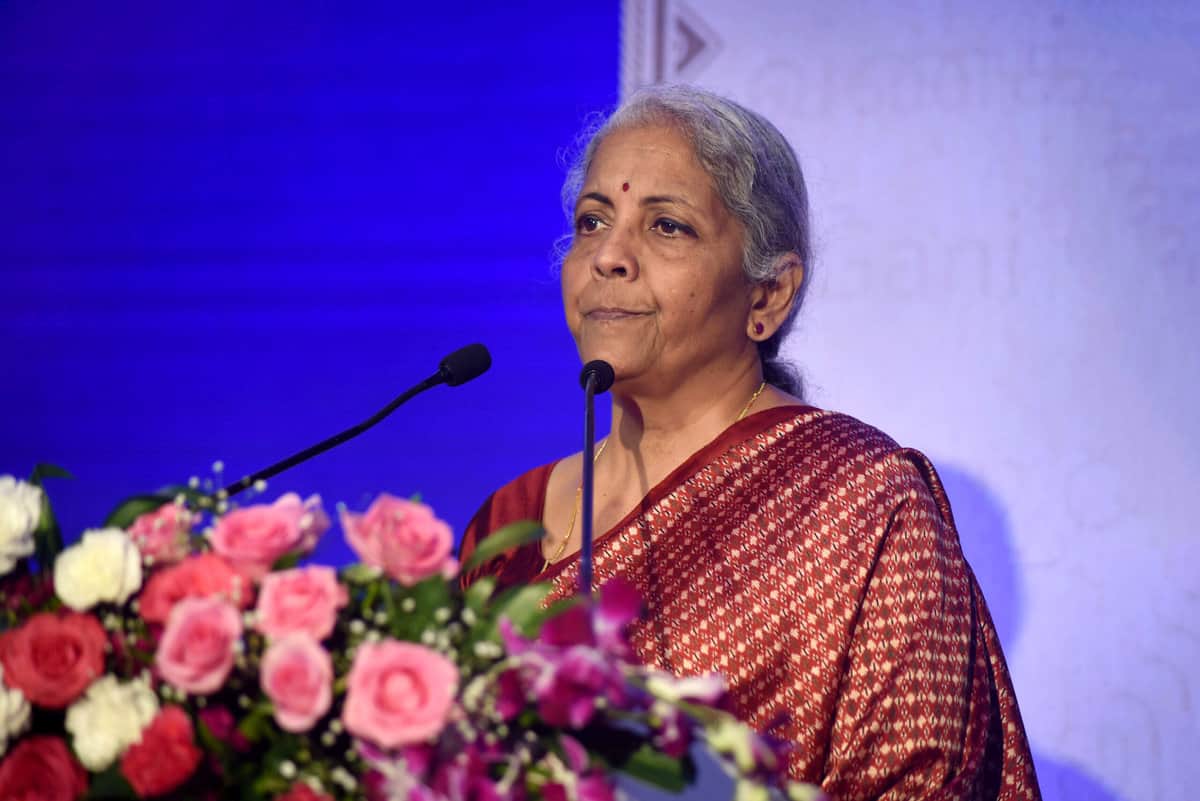
New Delhi: The Budget 2023-24 proposes to lower India’s highest rate of income tax to 39 percent, from 42.74 per cent at present, by reducing the surcharge applicable on high net-worth individuals.
Finance minister Nirmala Sitharaman on Wednesday proposed to tweak the new income tax regime, which was originally introduced in 2020-21 fiscal but had not received much traction, by raising the basic exemption limit and simplifying the tax slabs.
The highest surcharge rate of 37 percent, which was applicable on those individuals with income above Rs 5 crore, has been brought down to 25 percent.
This means that, with effect from April 1, 2023, all income above Rs 2 crore would be subject to 25 percent surcharge.
In her 2023-24 budget speech, Sitharaman said the highest tax rate in the country is 42.74 percent.
“This is among the highest in the world. I propose to reduce the highest surcharge rate from 37 percent to 25 percent in the new tax regime. This would result in reduction of the maximum tax rate to 39 percent,” Sitharaman said.
AKM Global, Partner- Tax, Sandeep Sehgal said the effective tax rate on HNIs is very high compared to other countries, which has been acknowledged by the finance minister as well.
“Hence, this is a very good step. Although, it is applicable for HNIs opting for the new tax regime only but in all likelihood, the new tax regime would suit the HNIs more. However, there is scope for reducing it further to encourage income and wealth generation,” Sehgal said.
Currently, a 10 percent surcharge on income tax is levied if income is between Rs 50 lakh and Rs 1 crore, 15 percent on income ranging from Rs 1 crore to Rs 2 crore, 25 percent on the income range of Rs 2 crore to Rs 5 crore, and 37 percent in case the income is above Rs 5 crore.
The Budget for 2023-24 has done away with the 37 percent surcharge under the new tax regime. Hence all income above Rs 2 crore would be liable to 25 percent surcharge on income tax beginning April 1.
The Budget has revamped the new tax regime and tried to make it more attractive to taxpayers so that they switch from the old tax regime, which allows taxpayers to claim deductions and exemptions on investments and expenditures like HRA incurred in a particular fiscal.
Under the revamped new tax regime, no tax would be levied for income up to Rs 3 lakh. Income of Rs 3-6 lakh would be taxed at 5 percent; Rs 6-9 lakh at 10 percent, Rs 9-12 lakh at 15 per cent, Rs 12-15 lakh at 20 percent and income of Rs 15 lakh and above will be taxed at 30 percent.
Nangia Andersen India Partner Neeraj Agarwal said for high net-worth individuals, the proposed budget amendments may said to be bittersweet.
“While on one hand, the percentage of surcharge on income above Rs 5 crore, which has been reduced by a whopping 12 percent to 25 percent, has been welcomed with open arms, the cap on capital gain tax benefit by way of investment in a new residential property under section 54 and section 54F may prove expensive,” Agarwal said.
The Budget has proposed that long term capital gains from house property in excess of Rs 10 crore will not be exempt from tax even if it is reinvested in a new house property.

